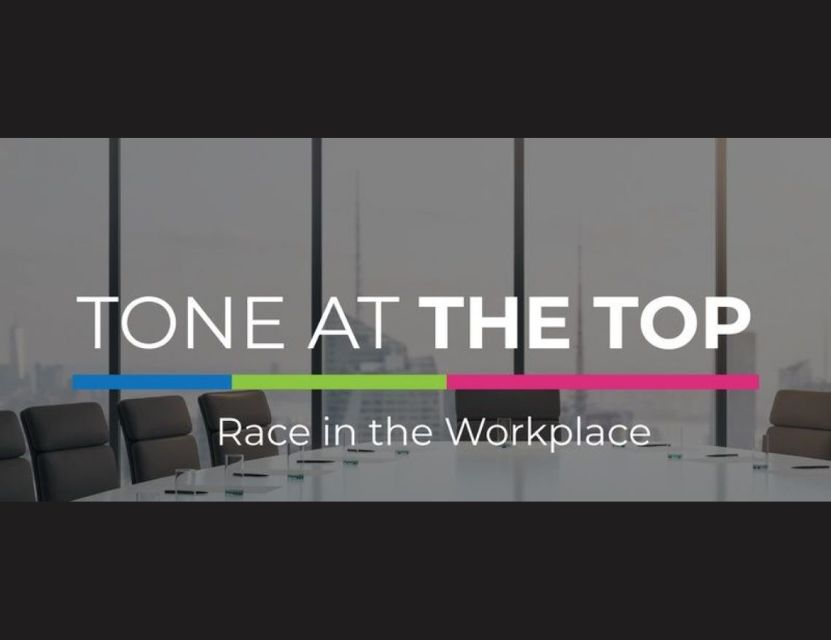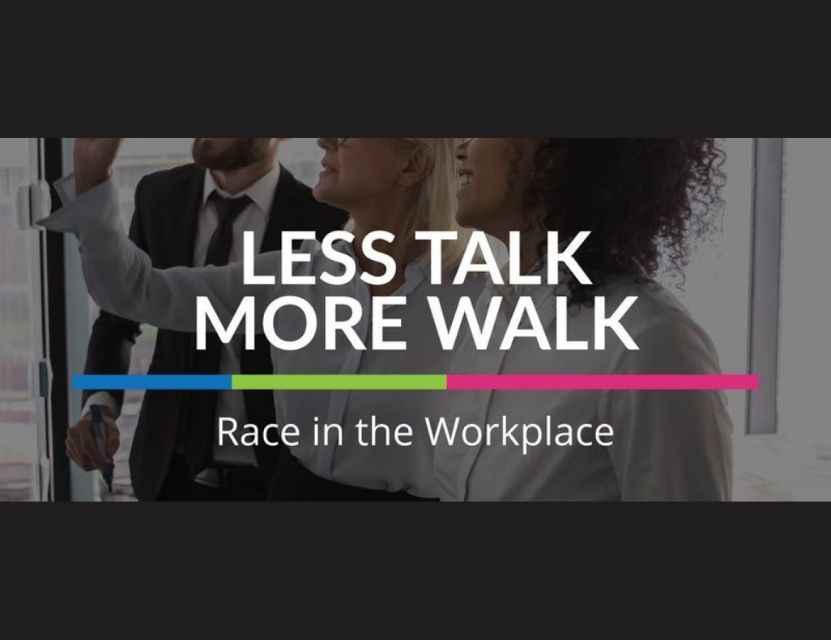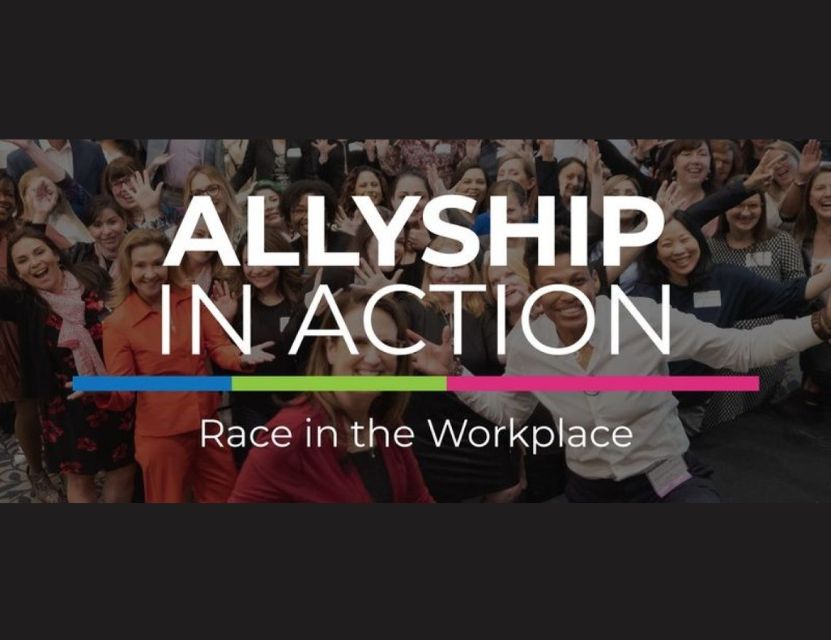This is the fifth episode of the Voices of Energy’s limited series, Race in the Workplace. This series compiles the insights of several black energy professionals from our conversations with them during the Summer of 2020. Amy Deaton, emcee of this series, has categorized these insights into several themes around race in our workplaces. This episode looks at how change is implemented through the highest levels of an organization and how executives can use their power to accelerate diversity within their companies.
Making diversity a priority (01:18)
Amy hands it off to some words by Paula Glover, President of the Alliance to Save Energy, who argues that change starts by making diversity a business imperative. When business success and performance are measured, diversity must be a priority in order for true change to trickle down within the organization itself. Paula says that the boards themselves must declare diversity to be a business goal in which they will measure success against. She goes on to say that the motivating factor also must go beyond simply making the commitment, investors and outside forces can also bring this pressure to organization leaders to take action.
No progress, no payment (02:48)
Gaurdie Banister, former CEO of Aera Energy and director of Tyson Foods, offers another way to incentivize boards into action. He suggests to tie executive compensation to diversity goals. While many companies use “hard metrics”, such as those based on business performance and actual income, Gaurdie argues that the non-financial metrics such as “inclusion of diversity” need to be incorporated more. He states it there are no metrics in payment, then there is no movement in action.
Are you a leader in your organization?
Sign up for our Inclusive Leadership Program to engage in crucial conversations around equity and diversity in your workplace.
Learn More
Look at your hiring pipeline (04:40)
Going back to the conversation with Paula, Amy transitions into the issue of recruiting methods. Paula asserts that if companies are looking for employees in the same places that they had previously been looking, then they cannot expect to find different results in applicants. If the process is unchanged, progress is slow. While recognizing that changing company practices is hard, Paula calls for a necessary and serious shift in both the intentionality and mindset of leaders to recruit from more minority serving institutions and look critically at how they are hiring.
Abundance vs. scarcity mentality (06:40)
Gaurdie closes out the episode by addressing that the biggest barrier that executives have to overcome is getting everyone in the organization to have the same outlook on diversity. The challenge at the board level is to fight for the ‘abundance mentality’. This mentality believes that having diversity throughout the company is truly a benefit for all, not a detriment to another grouping of people. Gaurdie says that many employees are caught in a ‘scarcity mentality’, believing that by focusing on black employees, or another minority group, that the company would be taking away from other groups. For leaders, it's difficult to teach such a shift in mindset when people are concerned about their own, personal jobs. But seeing diversity as a means of inclusion rather than exclusion is the foundation for progress in any organization.




.jpg)